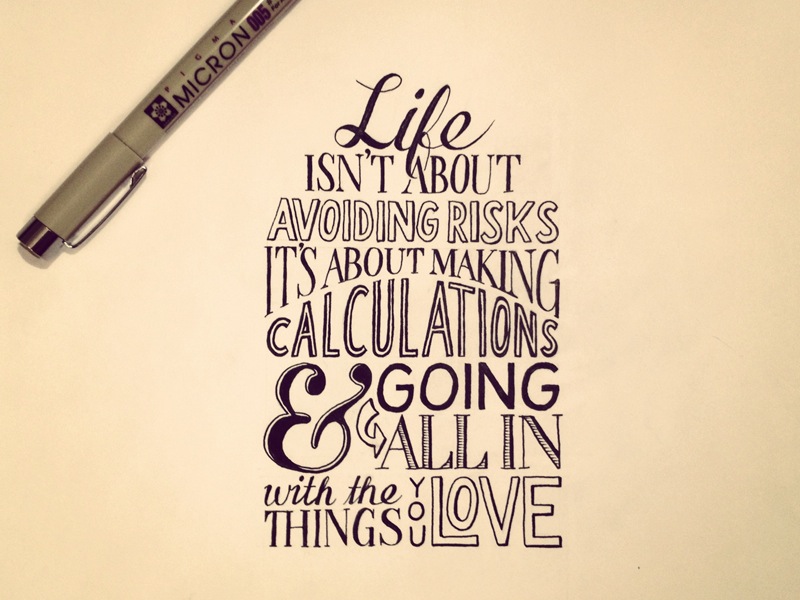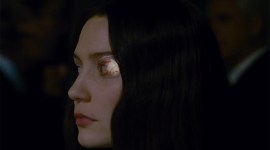Problem Solving for Creative Professionals: What To Do When It All Goes Wrong
What do you do when your creative project implodes? Here are three thoughts to help when it all goes wrong.
As Benjamin Franklin so famously quipped “In this world nothing can be said to be certain, except death and taxes.” I think its worth adding a third certainty to that list which is that “things will go wrong.” It’s always surprising how shocked we are then, when things do go wrong.
Obviously, no one enjoys it when it happens, but it is going to happen. You may as well be prepared for it (a bit like death and taxes I suppose). Here are a few thoughts for creative professionals (photographers, video editors, producers, designers) on how to make the most of when things go wrong.
Problem Solving for Creatives #1: Stop

The first thing to do when the wheels fall off the wagon is to stop. The normal human gut reaction when things go wrong is to get defensive. We defend ourselves from being the source of the problem or in any way having something to do with it. We look for someone, or something, else to point the finger at. We take sides and become combative.
Resist that temptation and remind yourself that although that’s what I’m inclined to do, it’s not the best thing to do. Don’t jump to offering solutions as quickly and as readily as you can. Don’t side step the real root of the problem, just to make everyone love you again. This best thing to do is stop, take a breath, think on the issue and consider your options.
Problem Solving for Creatives #2: Learn
People always say we learn most from our mistakes not our successes. Why? Because we have to think about what went wrong in order to solve the problem. When there is no problem there is no thought.
Why did this issue happen? Was their a lack of communication? Was it simply an oversight? Look at it from all angles and talk to the accuser. Make sure you understand why they may be upset. Get all the facts. Problems are just opportunities to learn, wrapped up in wreckage.
Sometimes you did nothing wrong and are having to pay for someone else’s mistakes. Or you’re totally to blame and need to sort it all out. Either way, take the high road and be a team player. Being the guy who solved the problem, fixed a relationship and finished the project is key to maintaining a better reputation. No one wants to work with the guy that just got angry and quit.

Problem Solving for Creatives #3: Change
So now that the wheels have come off, we’ve stopped, thought it through and learned what we did right and what we did wrong, then what? Well now comes the hard part, which is actually changing.

One of the biggest challenges of working in a creative field is that we’re being paid to create something artistic for someone else. The artist’s tendency is to get wrapped up in our art, when we should be trying to serve their needs. So we have to let go of ”You’re trying to ruin my art” in favor of a “I’m trying to give you the best version of what you want” approach.
They say in script writing that a failure in the third act is really a problem in the first. Often problems arrise because the set up wasn’t worked through properly. The brief wasn’t clear, wrong expectations were set or crucial details were misunderstood. Often projects with tight turn arounds suffer in the briefing stage the most. Spending a healthy amount of time nailing the brief (and getting it down on paper so everyone is clear) can save a lot of headaches later.
Like in any business communication is the key to success, but it may even be more so when creativity comes into play. Make sure you understand your client’s vision of the project, the objectives and the timelines. Use what you’ve learned from past mistakes to ensure that you can complete what they’re after in the time allotted.
Nailing a project without headaches can be key in turning a first time client into a lifelong client. Put your ego aside, be communicative and enjoy creative success!





